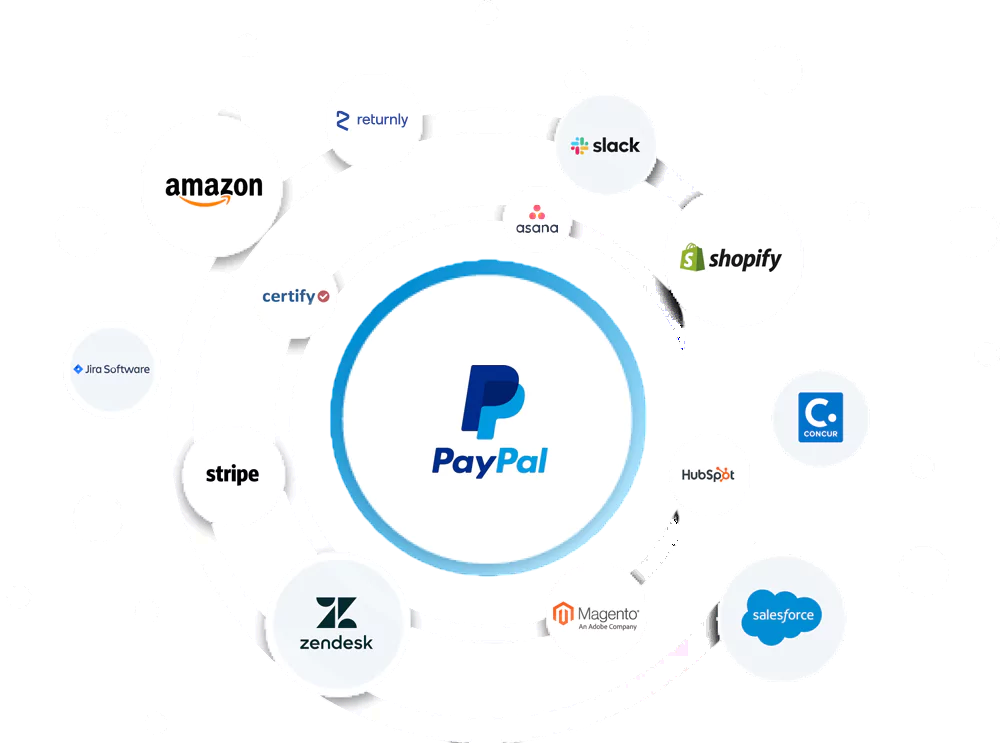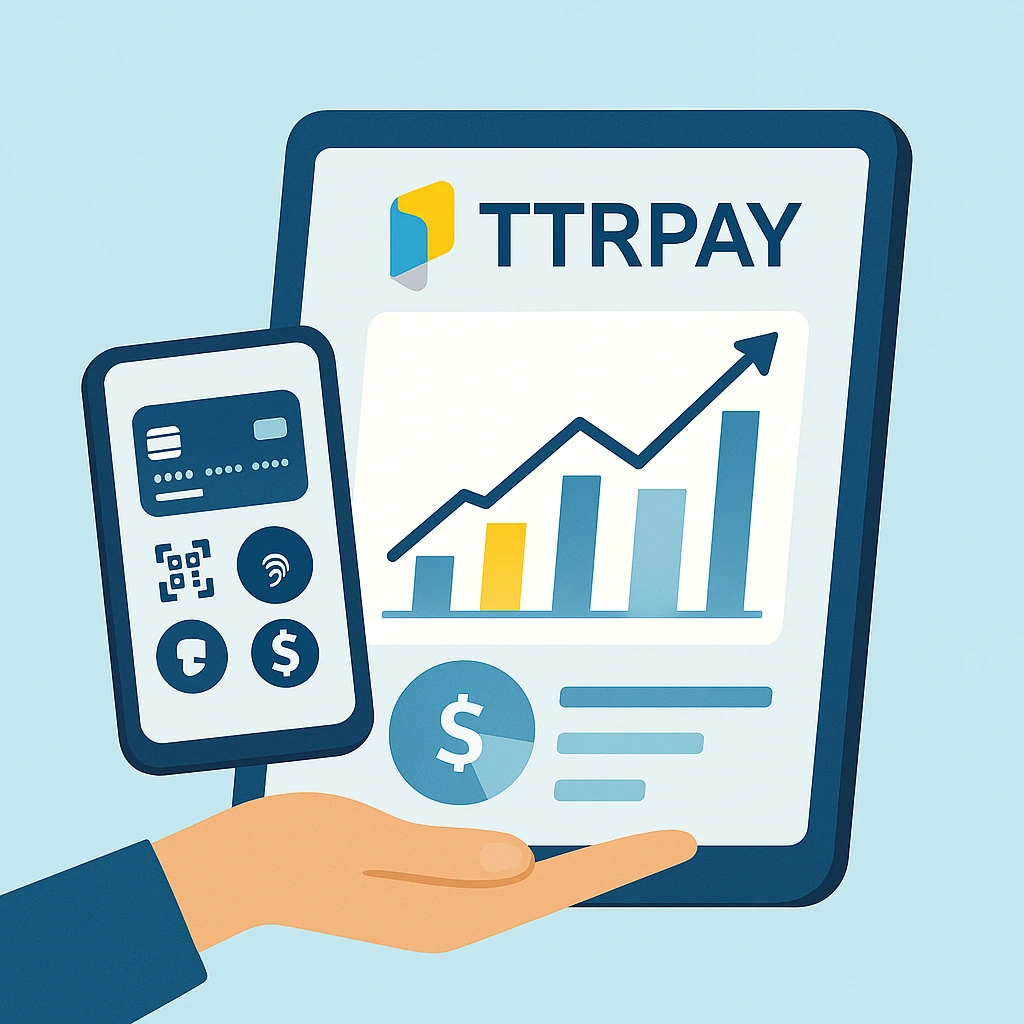What’s Holding Back the Payment Solutions Industry?
The payment solutions industry is experiencing rapid transformation, yet several key challenges are impeding its full potential. As we progress through 2025, understanding these obstacles is crucial for stakeholders aiming to innovate and thrive in this dynamic landscape.


1. Regulatory Uncertainty
The evolving regulatory environment presents a significant hurdle. In the United States, changes in administration have led to shifts in consumer protection policies, affecting fintech and cryptocurrency sectors. This uncertainty complicates compliance efforts and strategic planning for payment solution providers.
2. Escalating Fraud and Security Concerns
Despite advancements in security technologies, fraud remains a persistent issue. In the UK alone, £1.17 billion was lost to scammers in 2024, highlighting the need for robust anti-fraud measures. The rise of sophisticated fraud tactics necessitates continuous investment in security infrastructure.
3. Fragmented Payment Ecosystems
The proliferation of payment methods and platforms has led to a fragmented ecosystem. This complexity hampers interoperability and creates challenges in providing seamless user experiences. Standardization efforts are ongoing but have yet to achieve widespread adoption.
4. Consumer Trust and Adoption Barriers
Building consumer trust remains a challenge, particularly with emerging payment technologies. Concerns over data privacy, security, and the unfamiliarity of new platforms can deter adoption. Educating consumers and ensuring transparent practices are essential to overcoming these barriers.
5. Infrastructure Limitations in Emerging Markets
In many emerging markets, inadequate infrastructure hinders the deployment of advanced payment solutions. Limited internet connectivity, lack of digital literacy, and insufficient banking services restrict the reach and effectiveness of modern payment systems.
Addressing these challenges requires a concerted effort from industry stakeholders, regulators, and technology providers. By fostering collaboration, investing in security, and prioritizing consumer education, the payment solutions industry can overcome these obstacles and unlock its full potential in 2025 and beyond.

